The concept of Romanticist Free Velocity Quantification has emerged as a fascinating intersection between artistic expression and mathematical precision. At its core, this approach seeks to measure and control the fluid, often unpredictable nature of romantic movement—whether in dance, music, or even emotional cadence—through systematic analysis. Unlike rigid metronomic structures, it embraces the organic flow of human creativity while applying subtle constraints to shape its direction.
In contemporary performance arts, particularly in disciplines like modern dance and improvisational music, the idea of free velocity has gained traction. Performers yearn for the liberty to accelerate or decelerate at will, yet they also recognize the need for an underlying framework to prevent chaos. Romanticism, with its emphasis on emotion and individualism, provides the philosophical backbone, while quantification introduces a layer of control that ensures coherence. This duality creates a dynamic tension between spontaneity and structure.
The technical implementation of this theory often involves motion-capture technology or algorithmic composition tools. By tracking the velocity of a dancer’s movements or the tempo fluctuations of a musician, data is fed into software that identifies patterns. These patterns are then used to establish elastic boundaries—ranges within which the performer may freely operate without losing the thread of the piece. The result is a performance that feels both liberated and intentional, as if guided by an invisible hand.
Critics argue that quantifying something as inherently subjective as romantic expression risks stripping it of its soul. Yet proponents counter that the method does not seek to constrain but to heighten the emotional impact. By understanding the mathematical relationships between speed, pause, and intensity, artists can manipulate these variables with greater awareness, leading to more profound audience connections. It’s less about restriction and more about deepening the vocabulary of movement and sound.
One compelling application lies in collaborative performances, where multiple artists interact in real time. Without a shared understanding of velocity parameters, improvisation can devolve into dissonance. Romanticist free velocity quantification provides a common language—a way to anticipate and respond to each other’s creative choices. For instance, a pianist might slow their arpeggios as a dancer’s motions become more languid, not out of obligation but because the system highlights their inherent synchronicity.
The philosophical implications extend beyond the arts. Some theorists suggest that this framework could model human relationships, where emotional exchanges operate at varying speeds. The push and pull of conversation, the pauses between confessions, the acceleration of joy—all could be mapped and gently guided toward harmony. While such applications remain speculative, they underscore the broader potential of merging romanticism with quantification.
Workshops and residencies dedicated to this methodology are cropping up globally, attracting artists eager to explore its possibilities. Participants report a paradoxical sense of freedom within the system’s loose confines. One dancer described it as “knowing the edges of the canvas but painting with abandon.” This sentiment captures the essence of the approach: quantification not as a cage but as a canvas, its borders subtly shaping the art without dictating its form.
As technology advances, so too does the precision of these systems. Machine learning algorithms can now adapt in real time, learning an artist’s tendencies and adjusting parameters accordingly. This creates a feedback loop where the system evolves alongside the performer, fostering a partnership rather than a hierarchy. The romanticist ideal of the artist as a free, intuitive creator remains intact, even as data silently informs their choices.
Ultimately, romanticist free velocity quantification challenges the dichotomy between emotion and logic. It proposes that structure and spontaneity are not opposites but collaborators, each enhancing the other. In a world increasingly dominated by binary thinking—rigid rules or utter chaos—this middle path offers a refreshing vision. Whether in art, love, or life, perhaps the most profound freedom lies not in the absence of boundaries, but in the wisdom to shape them.
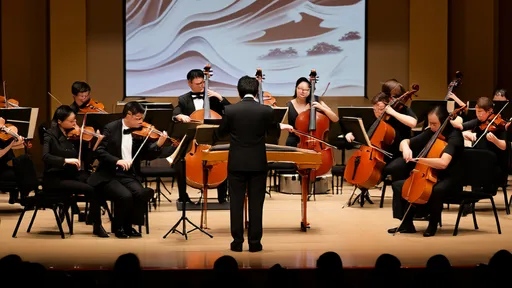
By /Jul 17, 2025
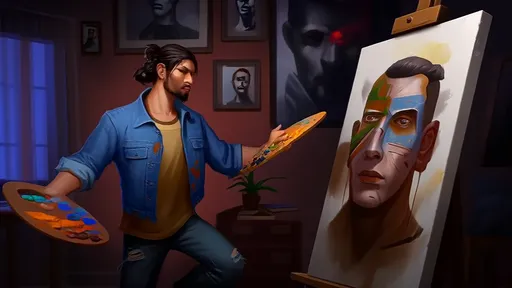
By /Jul 17, 2025
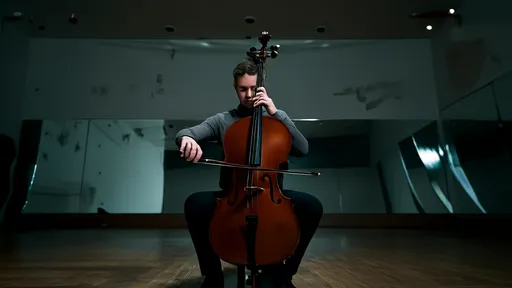
By /Jul 17, 2025
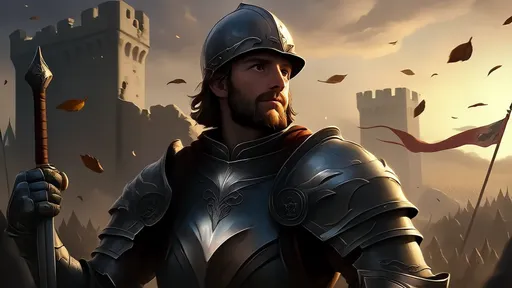
By /Jul 17, 2025

By /Jul 17, 2025
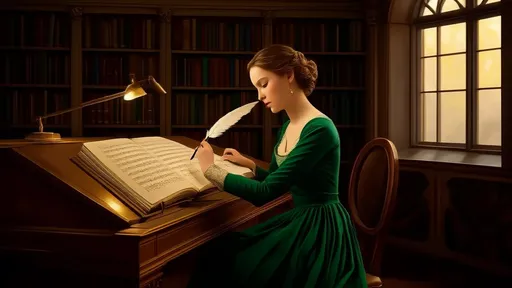
By /Jul 17, 2025
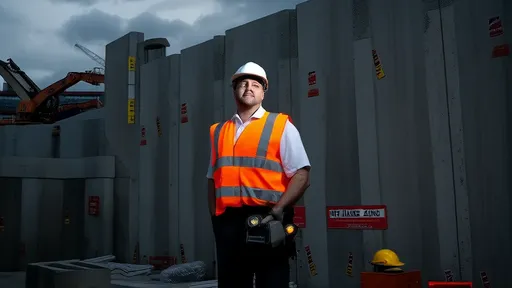
By /Jul 17, 2025
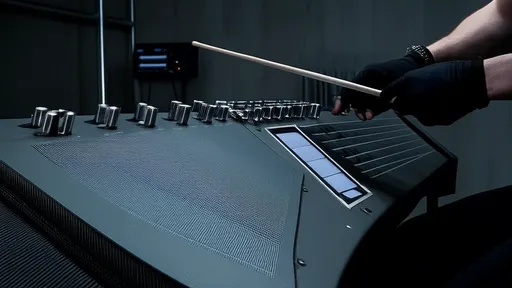
By /Jul 17, 2025

By /Jul 17, 2025

By /Jul 17, 2025

By /Jul 17, 2025
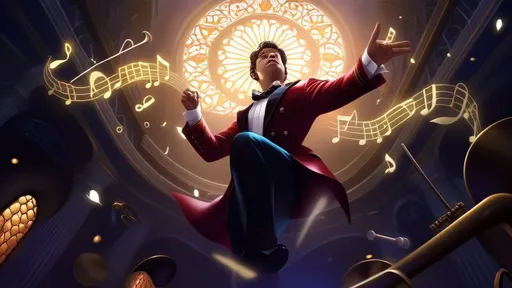
By /Jul 17, 2025
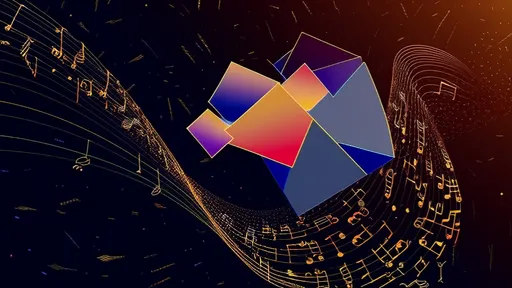
By /Jul 17, 2025
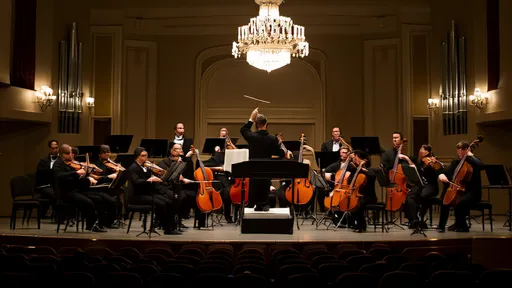
By /Jul 17, 2025
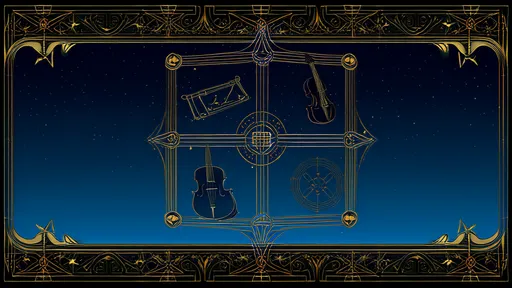
By /Jul 17, 2025
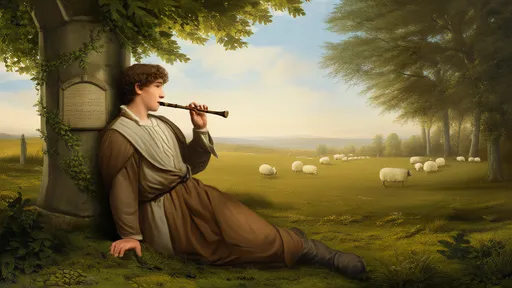
By /Jul 17, 2025
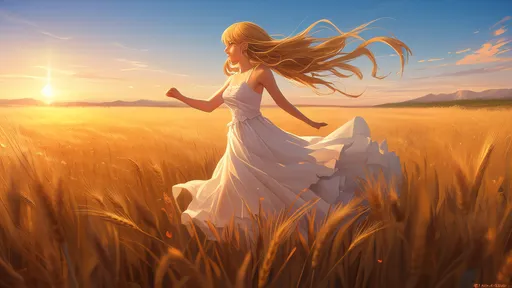
By /Jul 17, 2025
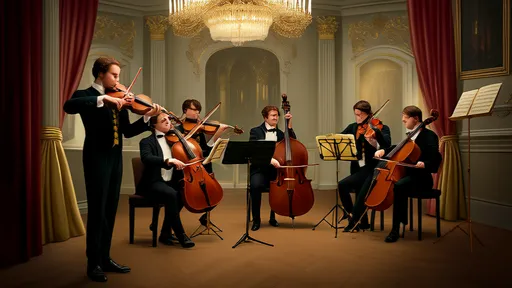
By /Jul 17, 2025